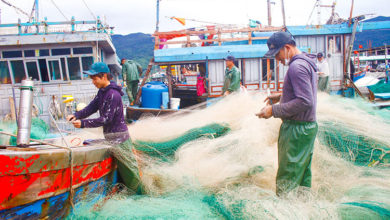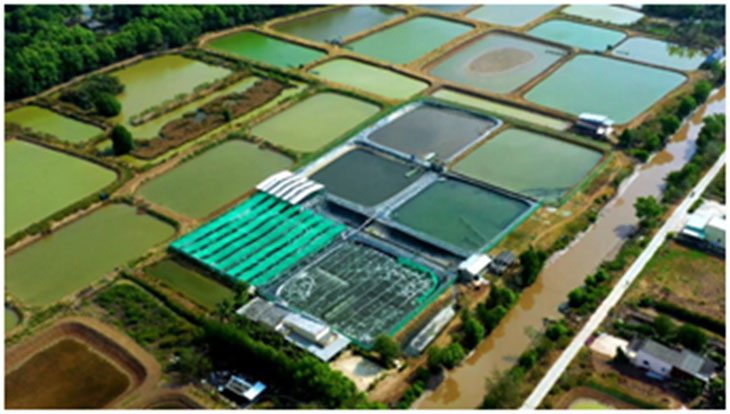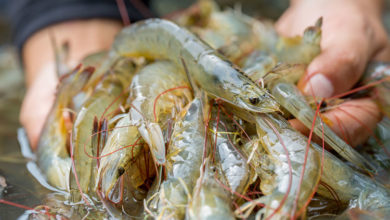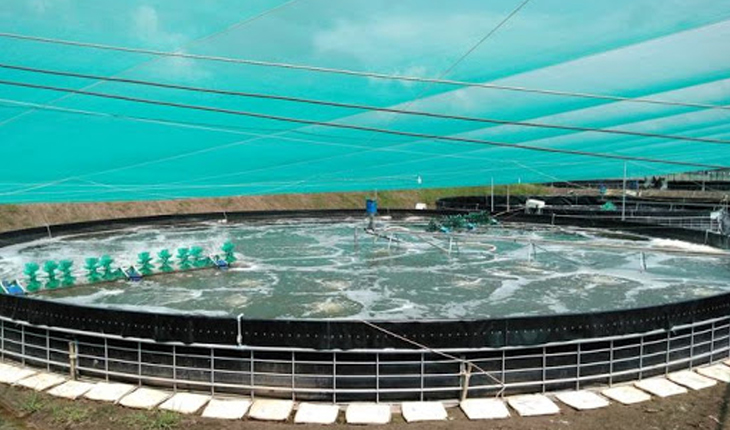Lai Chau: The multibillion fish farming model at Ban Chat hydropower reservoir
The Ban Chat Hydropower Reservoir in Lai Chau has become a prime location for large-scale cage fish farming, proving to be a highly effective economic model for local residents.
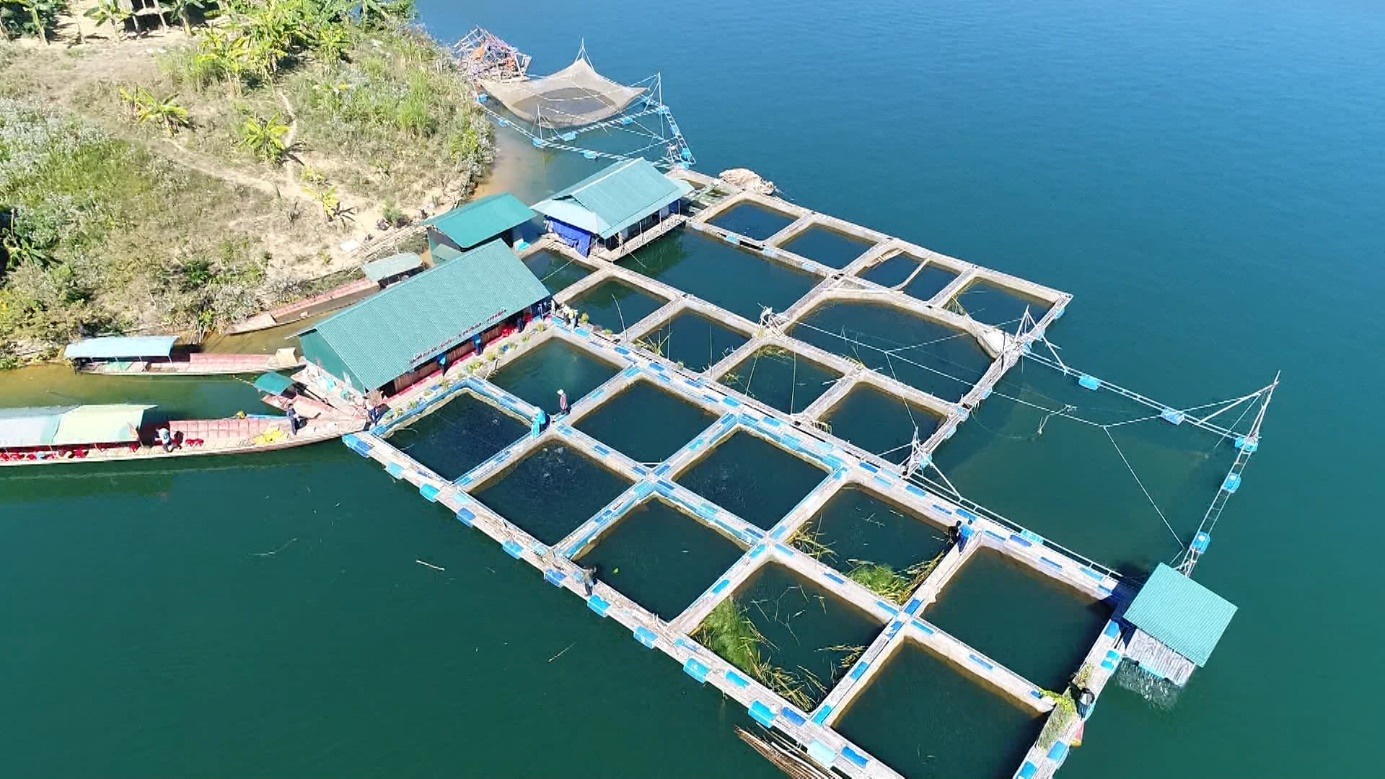
With a vast water surface area, a clean climate, and an abundant water supply, this reservoir offers an ideal environment for aquaculture. Many locals are now enjoying stable incomes, with some households even reaching earnings in the billions of VND annually.
Investment potential in fish farming
Located on the Nam Mu River, the Ban Chat Hydropower Reservoir covers approximately 6,050 hectares. It plays a significant role not only in providing hydroelectric power but also in supporting the economic growth of Lai Chau province through its fish farming potential. Currently, 128 households from surrounding communes such as Pha Mu, Ta Hua, Muong Kim, Muong Mit, and Muong Cang participate in fish farming and harvesting activities.
The reservoir’s clean, continuously flowing water and large surface area create a natural environment well-suited to cage farming. Popular fish species farmed here include sturgeon, grass carp, catfish, and tilapia—species that are relatively easy to farm and hold significant economic value both domestically and internationally.
Though the initial investment in cage fish farming can be high and entails certain risks, demand for specialty fish such as catfish and giant catfish remains strong. This ensures stable sales of farmed products from Ban Chat. Each year, local cooperatives sell over 10 tons of specialty fish, with catfish priced between 100,000–120,000 VND per kilogram and giant catfish fetching 450,000–480,000 VND per kilogram. After covering expenses, the cooperative generates around 300 million VND in profit annually.
For each ton of fish sold, farmers can earn hundreds of millions of VND. Some large-scale farmers, with more cages and extensive experience, report profits in the billions per year. Beyond generating considerable income, this aquaculture model also provides job opportunities for local workers, contributing to improved living conditions and economic growth in the region.
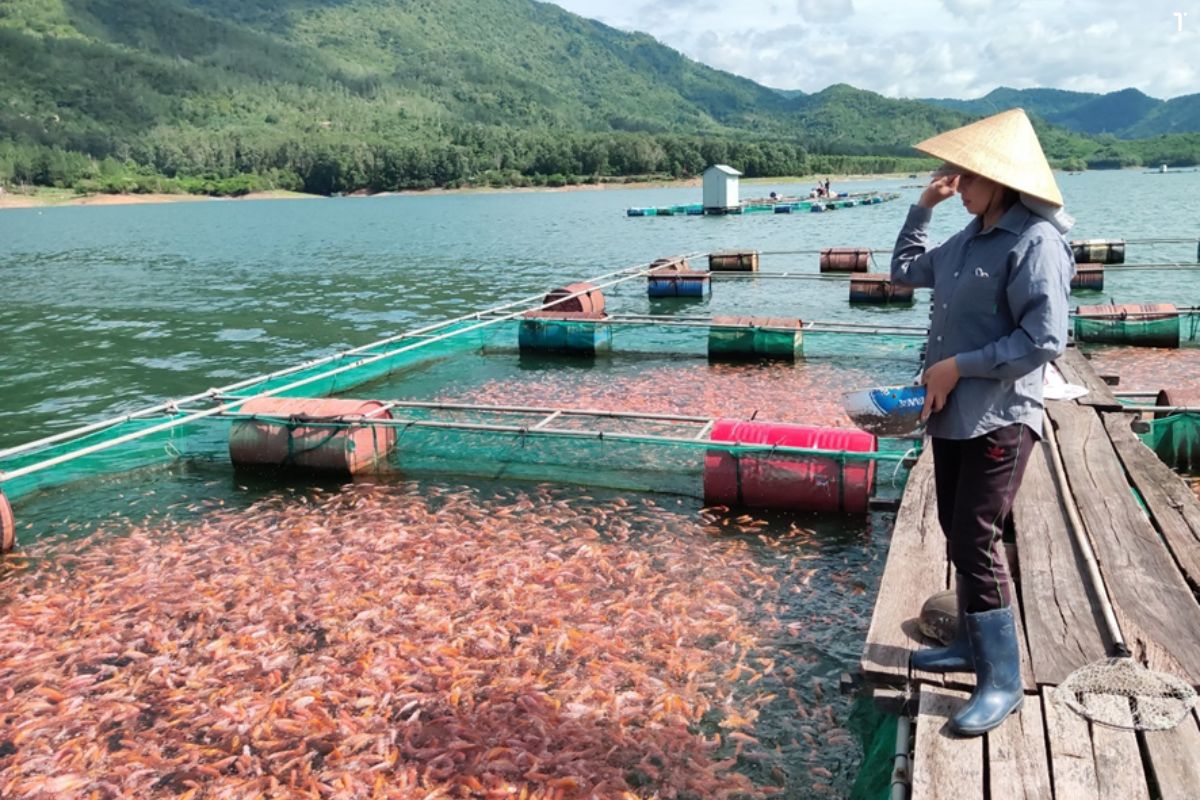
Sustainable development and environmental protection
Cage fish farming in Ban Chat Hydropower Reservoir not only allows for the full utilization of the reservoir’s vast water surface but also aligns with the principles of sustainable development. Both local residents and government officials prioritize protecting clean water resources to ensure that the reservoir’s ecosystem remains unharmed by aquaculture activities. This focus on environmental preservation is a critical element in ensuring the long-term success and sustainability of the fish farming industry.
Economic and social benefits
The favorable natural conditions at Ban Chat Hydropower Reservoir, including its expansive water surface, clean water, and abundant plankton, make it an ideal location for aquaculture. Local farmers take advantage of natural resources like corn bran, cassava, and small fish from the reservoir to feed the farmed fish, reducing costs while enhancing the quality of the fish meat. As a result, the fish raised in this reservoir are firm and flavorful, commanding high market value.
In addition to fish farming, the Tham Phe area, surrounded by water after the hydropower plant’s reservoir was filled, has created beautiful natural islands that offer great potential for tourism. The combination of aquaculture and tourism has proven successful, not only ensuring stable fish sales but also attracting tourists to explore the picturesque landscape and enjoy freshly caught fish dishes right at the farming site. This model has increased revenue for local cooperatives through additional services such as boat rentals, fishing experiences, and the sale of local specialties as souvenirs.
A model for local economic growth
With continued support from local authorities and the dedication of the local community, the fish farming model at Ban Chat Hydropower Reservoir has become a shining example of economic success in Lai Chau. It showcases the region’s vast potential for sustainable aquaculture, providing a valuable pathway for long-term economic development while preserving the natural environment.
The combination of fish farming and tourism has not only brought substantial income to local farmers but has also helped diversify the region’s economic activities, ensuring continued growth and prosperity for years to come.
VFM



